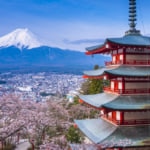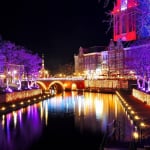Name: Medina
Location: La Medina, Tunis
Official Website:http://whc.unesco.org/en/list/36
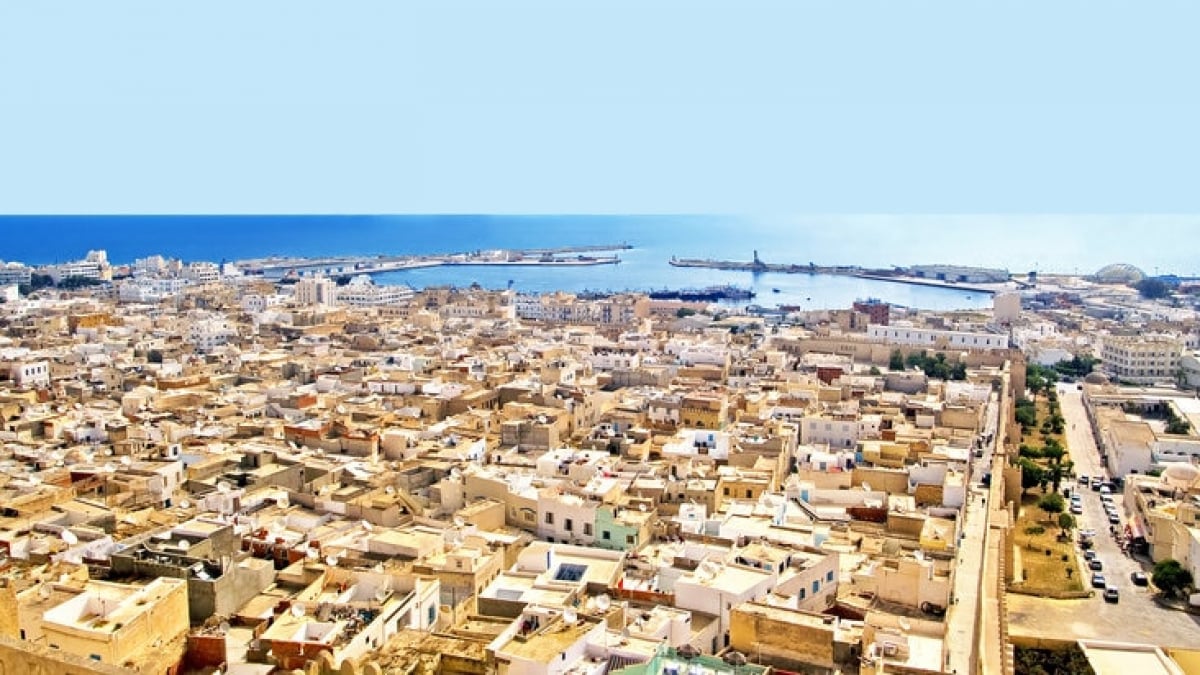
Explore Tunis: Tunisia’s Enchanting Capital and UNESCO World Heritage City!
Nestled along the Mediterranean Sea, Tunis, the capital of Tunisia, is a city of contrasts. It seamlessly blends the historic charm of the Medina, a UNESCO World Heritage Site filled with winding alleys and vibrant markets, with the modern elegance of its coastal districts along Tunis Bay, where European influences are evident. This fusion of old and new, as well as Middle Eastern and European cultures, makes Tunis a must-visit destination for travelers, especially from Europe.
From the awe-inspiring mosaics of the Bardo Museum and the grandeur of its mosques to the timeless ruins dating back to the Carthaginian era, the city offers a wealth of historical wonders. The air is filled with the enticing aroma of spices from local restaurants, while colorful ceramics and beautifully woven carpets decorate market stalls.
Let us guide you through the must-visit attractions in this captivating city of Tunis!
table of contents
[x] close
Explore Tunis: Tunisia’s Enchanting Capital and UNESCO World Heritage City!
1. Medina (Old City)
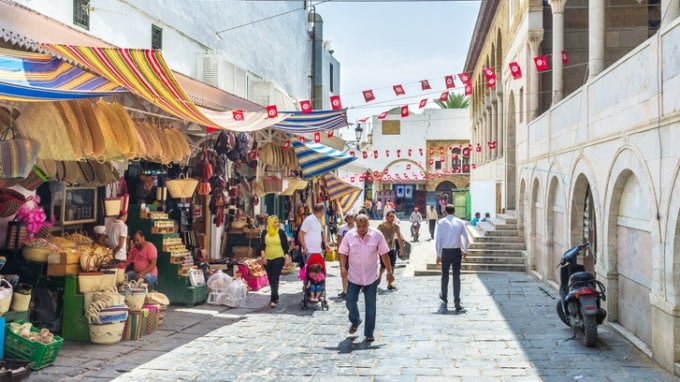
Registered as a UNESCO World Heritage Site in 1979, Tunis' Medina is a historic district dating back to the 7th century. By the 13th century, it had flourished as a center of Arab culture, attracting visitors from around the world. While the Medina was once enclosed by fortified walls, today, only a few gates remain, leading visitors into a labyrinth of narrow alleys filled with bustling shops.
Among the local stores catering to Tunisian residents, you’ll find a wide array of souvenir shops offering everything from silverware, ceramics, and leather goods to textiles, spices, perfumes, Turkish hats, and traditional "babouche" leather slippers. The vibrant marketplace immerses you in Arab culture, making it an enjoyable experience even if you’re just browsing. Expect enthusiastic shopkeepers to call out to tourists, and remember that bargaining is an essential part of shopping here.
If you need a break from exploring, do as the locals do—relax at a café with a sweet treat and a refreshing cup of mint tea while soaking in the authentic Arabian atmosphere.
2. Porte de France (Bab El Bhar)
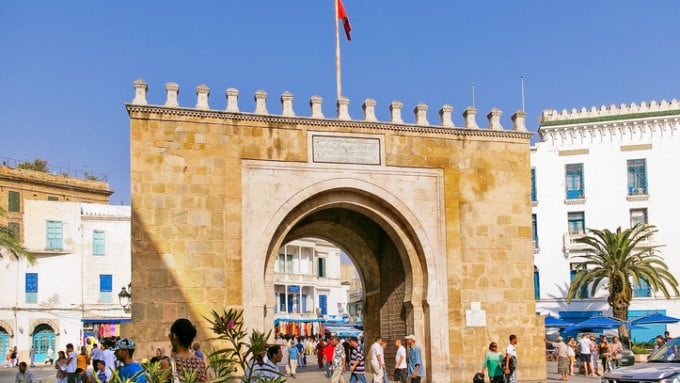
Standing at the junction between Tunis’ old and new city, Porte de France is an iconic gate that marks the entrance to the historic Medina. Beyond its archway, tourists hunt for souvenirs while locals go about their daily shopping. In front of the gate, the bustling Jamia Zitouna Street extends outward, lined with European-style architecture.
Once part of the city’s defensive walls, today, only the grand beige stone gate remains—a favorite spot for tourists to take photos. In Arabic, it is known as "Bab El Bhar," which translates to "Gate of the Sea." However, it was never built in the sea like Japan’s famous torii gate in Miyajima. Instead, it originally faced the water, overlooking what is now Tunis Lake, making it an essential landmark for visitors.
Name: Porte de France (Bab El Bhar)
Location: Rue Mongi Slim, Avenue de France, Tunis
3. Bardo National Museum
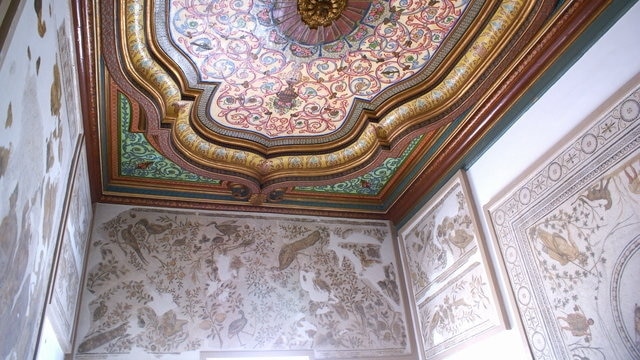
Located in the northwestern suburb of Tunis, the Bardo National Museum possesses many artifacts related to Tunisia’s history, including those from ancient Rome, Greece, and Islam. In particular, regarding ancient Carthage—which once flourished on the eastern coast of Tunis—it boasts a collection that rivals that of the National Museum of Carthage Archaeological Sites. Moreover, the ancient Roman mosaic collection is said to be among the world’s finest, and the piece “Virgil and the Muses” has been compared to the Louvre’s “Mona Lisa,” making it a must-see. In addition, there are many wonderful artworks such as calligraphy, gold coins, and masks, making this museum a must-visit when sightseeing in Tunis.
The museum building itself is lavish, having been built in the 13th century as a Hafsid palace and later used in the 19th century as a palace for a powerful figure. Not only the exhibits but the museum building itself is well worth visiting. Although the museum is located in the suburbs, it is easily accessible with the Tunis Metro running right nearby.
Name: The National Bardo Museum
Address: Cite El Habib, Tunis
Official/Related Site URL: http://www.bardomuseum.tn/
4. Zaytuna Mosque

Located in the center of Tunis’s Medina (old town), the Zaytuna Mosque—whose name means “Olive Mosque” in Arabic—is so named because the location once had many olive trees. As the oldest and largest mosque in Tunis, it serves both as a place of worship for Tunis’s citizens and as one of the leading tourist attractions in the city.
The mosque, consisting of nine entrances, 184 columns, and a spacious courtyard, is very magnificent. However, the prayer hall, decorated with detailed arabesque patterns and imbued with a sacred atmosphere, is only accessible to Muslims; unfortunately, tourists cannot enter. Visitors can view the courtyard and the second floor, which offer a solemn ambiance away from the bustle of the old town of Tunis. Also, when visiting, please avoid wearing overly revealing clothing.
Name: Zaytuna Mosque
Address: Rue Jamaâ Ezzitouna, Tunis
Official/Related Site URL: https://goo.gl/KOhncE
5. Kasbah Square
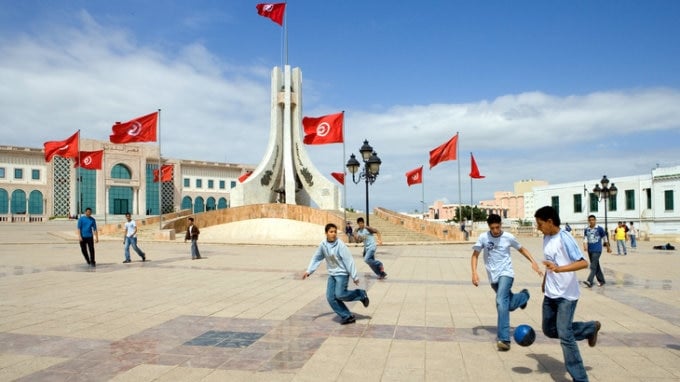
Located on the west side of the old city of Tunis, Kasbah Square, also known as "Government Square," is a large open space that has been a political center since the medieval era. Even today, important buildings such as the Tunis City Hall, mosques, the Ministry of Economy, and the Presidential Office surround the square, maintaining its role in governance. At the center of the square stands a massive monument, symbolizing Tunisia's national pride.
Since many government-related buildings surround the square, it is not a flashy tourist spot. However, it is a great place to take a break from the hustle and bustle of Medina. The square, adorned with numerous Tunisian flags, also serves as a soccer field for local children, creating a heartwarming scene.
Name: Place de la Kasbah
Address: La Kasbah, Tunis
6. Cathedral of St. Vincent de Paul
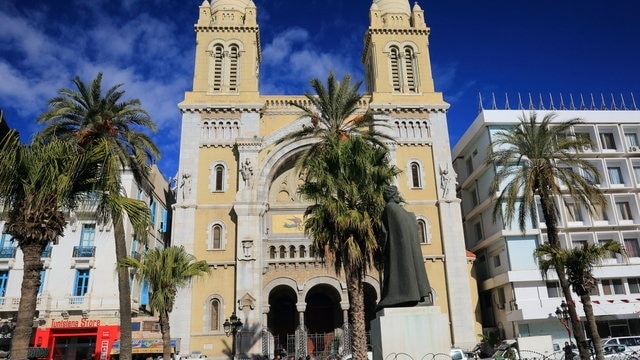
In Tunis, where mosques are dominant, the Cathedral of St. Vincent de Paul is a rare Catholic church. Built between 1893 and 1897, this cathedral underwent a major renovation in 1997, including its façade, and was visited by the Pope the following year.
Built in the Romanesque style, the cathedral features a cream-colored exterior and symmetrically arranged white columns, giving it a distinct look from the surrounding buildings. While it may be smaller than the grand cathedrals of Europe, the sunlight filtering through the stained glass windows creates a divine atmosphere inside. This unique Catholic cathedral stands out in Tunis, where Islamic culture prevails, making it a must-visit attraction. Visitors should note that entry may be restricted during mass, so it is advisable to check the schedule at a local tourist information center beforehand.
Name: Cathedral of St Vincent de Paul
Address: Avenue Bourguiba, Tunis
Official/Related Site URL: https://structurae.net/structures/tunis-cathedral
7. Sidi Bou Saïd
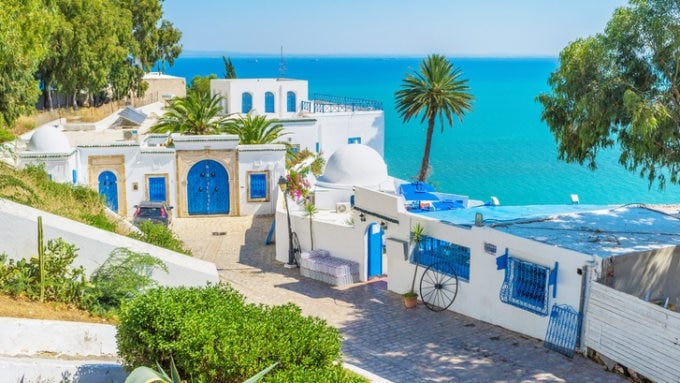
Sidi Bou Saïd is a town located on a hill jutting into the sea, about a 20-minute drive from Tunis. It overlooks the Gulf of Tunis and Carthage, and beautiful houses—characterized by blue doors and white walls in Arab and Andalusian architecture—line winding narrow streets. Called the "Paradise of White and Blue," Sidi Bou Saïd is a tourist spot you should definitely visit if you come sightseeing in Tunis. Located next to the UNESCO World Heritage Carthage ruins and offering a Mediterranean resort atmosphere different from that of Europe, many tourists book accommodations in Sidi Bou Saïd, making it always crowded.
Although the town itself is not large, there are many hotels, souvenir shops, cafes, and restaurants, and from the hilltop, the deep blue Mediterranean spreads out beyond the yacht harbor. Every corner of the town is picture-perfect, and the most common ways to get to Sidi Bou Saïd—known as the most beautiful town in Tunisia—are by taxi or train from Tunis.
Name: Sidi Bou Saïd
Address: Sidi Bou Saïd, Carthage
Official/Related Website URL: http://www.sidi-bou-said.com/en/
◎ Summary
We have highlighted some of the top sightseeing attractions in Tunis. Here, the fusion of Arab and European influences is evident, and a visit to suburban Sidi Bou Saïd lets you soak up the relaxing atmosphere of a resort. It’s not often you find a single destination offering three distinct tourism experiences in one stay.
There are still plenty of other captivating spots that we couldn’t cover this time. While Tunisia may be far from Japan, a trip to Tunis is well worth the journey at least once.
RELATED ARTICLES
REGIONS
CATEGORIES
FEATURED ON Guide
-
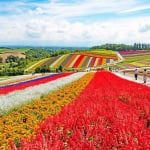
Where will you go for the summer vacation? Introducing recommended spots for domestic travel
-
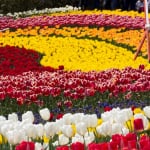
Kaizu City’s Recommended 7 Tourist Spots. Enjoy the Culture and History Nurtured by Wajū!
-
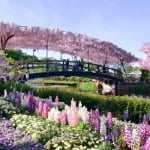
What Makes Ashikaga Flower Park So Special? A Treasure Trove of Photo-Worthy Spots!
-

600 Years of Radiant Tradition: Korea’s Historic Villages of Hahoe and Yangdong
-

Two-Colored Seas and a Pink Beach! 4 Must-Visit Spots in North Eleuthera
MOST POPULAR ON Guide
-
 1
1Doha: Must-see Attractions in the Capital of Qatar
-
 2
2Toronto: 10 Things to do in this Picturesque Canadian City
-
 3
3Amarillo: A City Famous for It’s Amazing Canyons, Great History and Music
-
 4
4South Korea: Dazzling Scenery, Rich Culture and Fascinating History
-
 5
5Kuwait: A Country in Middle East Asia Famous for Hot Sand Dunes and Stunning Cityscape


